K
kiesel
@kiesel
Topics
-
No merge into master in the last 5 years, should we use development?
Watching Ignoring Scheduled Pinned Locked Moved General Discussion0 Votes10 Posts151 Views -
Anybody got one / a few spare minimalist rfm69hw shields for wemos d1 mini?
Watching Ignoring Scheduled Pinned Locked Moved General Discussion0 Votes4 Posts95 Views -
[mysensors] Not a valid message: invalid literal for int() with base 10: '\x00\x000'
Watching Ignoring Scheduled Pinned Locked Moved Development0 Votes3 Posts90 Views -
Tips/Tricks for placing sensors above doors?
Watching Ignoring Scheduled Pinned Locked Moved General Discussion0 Votes3 Posts50 Views -
WIP: My first PCB: Arduino Pro Mini + RFM69 small node (feedback wanted)
Watching Ignoring Scheduled Pinned Locked Moved My Project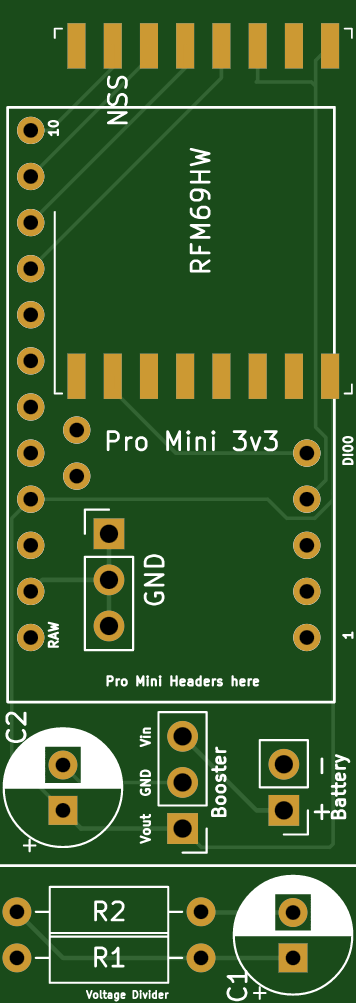 2
0 Votes5 Posts96 Views
2
0 Votes5 Posts96 Views -
Starting my PC with a 3.3v arduino pro mini?
Watching Ignoring Scheduled Pinned Locked Moved Development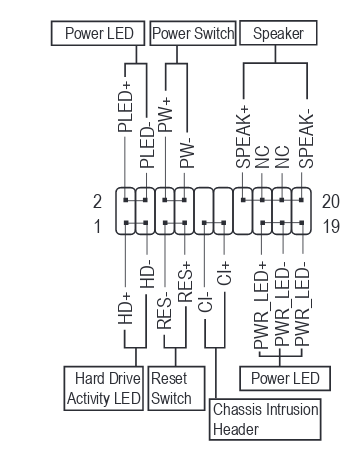 1
0 Votes15 Posts241 Views
1
0 Votes15 Posts241 Views -
[SOLVED] Dropped node: arduino blinks only once
Watching Ignoring Scheduled Pinned Locked Moved Troubleshooting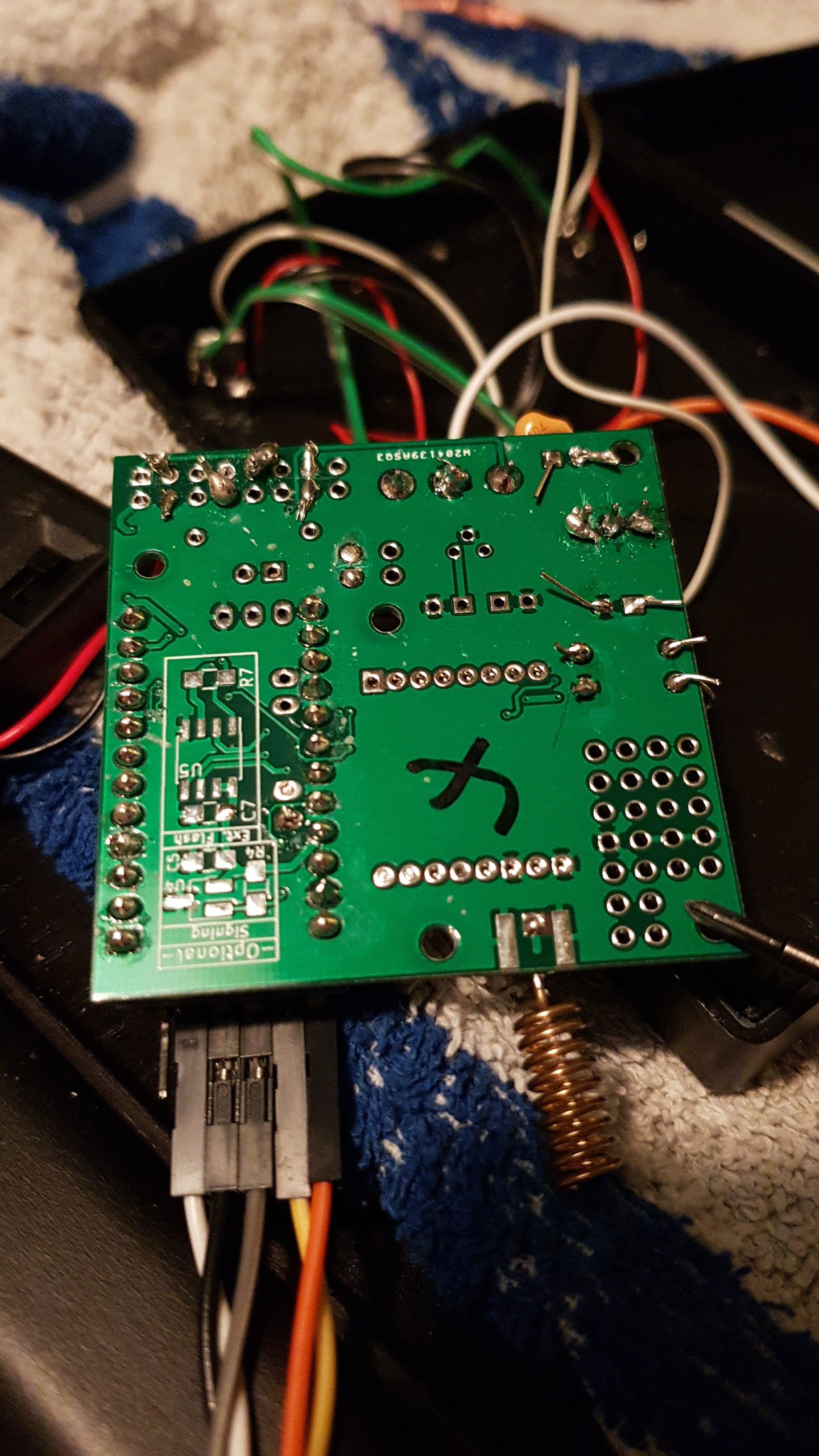 3
0 Votes5 Posts82 Views
3
0 Votes5 Posts82 Views -
rfm69hw restarting when using plug on same multi-socket
Watching Ignoring Scheduled Pinned Locked Moved Troubleshooting0 Votes5 Posts79 Views -
mysensors integration freezes when it triggers switch.toggle
Watching Ignoring Scheduled Pinned Locked Moved Home Assistant0 Votes8 Posts113 Views -
IR Node resending last signal ca every 15 minutes
Watching Ignoring Scheduled Pinned Locked Moved Home Assistant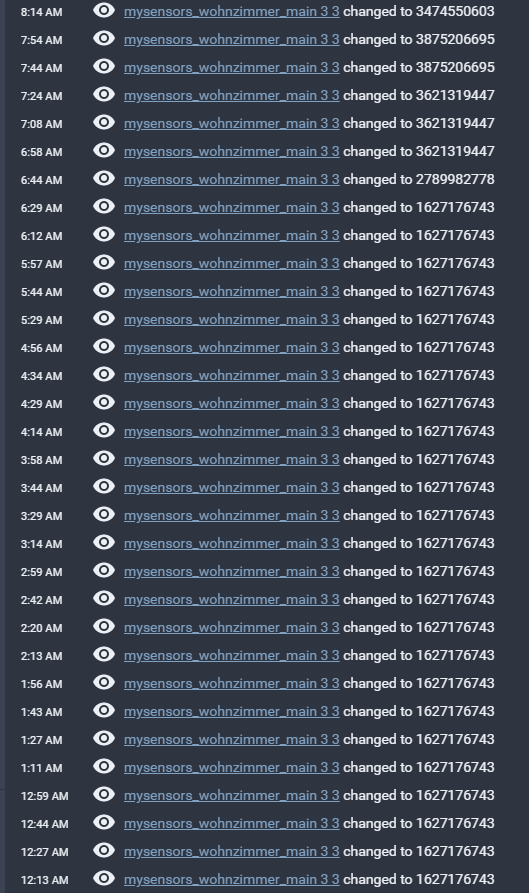 1
0 Votes18 Posts221 Views
1
0 Votes18 Posts221 Views -
IR Sensor only reading every other button press
Watching Ignoring Scheduled Pinned Locked Moved Development0 Votes7 Posts79 Views -
Battery: pro mini @ 1mhz vs booster
Watching Ignoring Scheduled Pinned Locked Moved Development0 Votes30 Posts293 Views -
script to convert serial to mqtt?
Watching Ignoring Scheduled Pinned Locked Moved Development0 Votes9 Posts113 Views -
serial gateway: !TSM:INIT:TSP FAIL
Watching Ignoring Scheduled Pinned Locked Moved Troubleshooting0 Votes3 Posts49 Views -
Drawbacks to using a pro mini as a serial gateway?
Watching Ignoring Scheduled Pinned Locked Moved Development0 Votes6 Posts61 Views -
rfm69hw on a raspberry pi 4, power issues
Watching Ignoring Scheduled Pinned Locked Moved Troubleshooting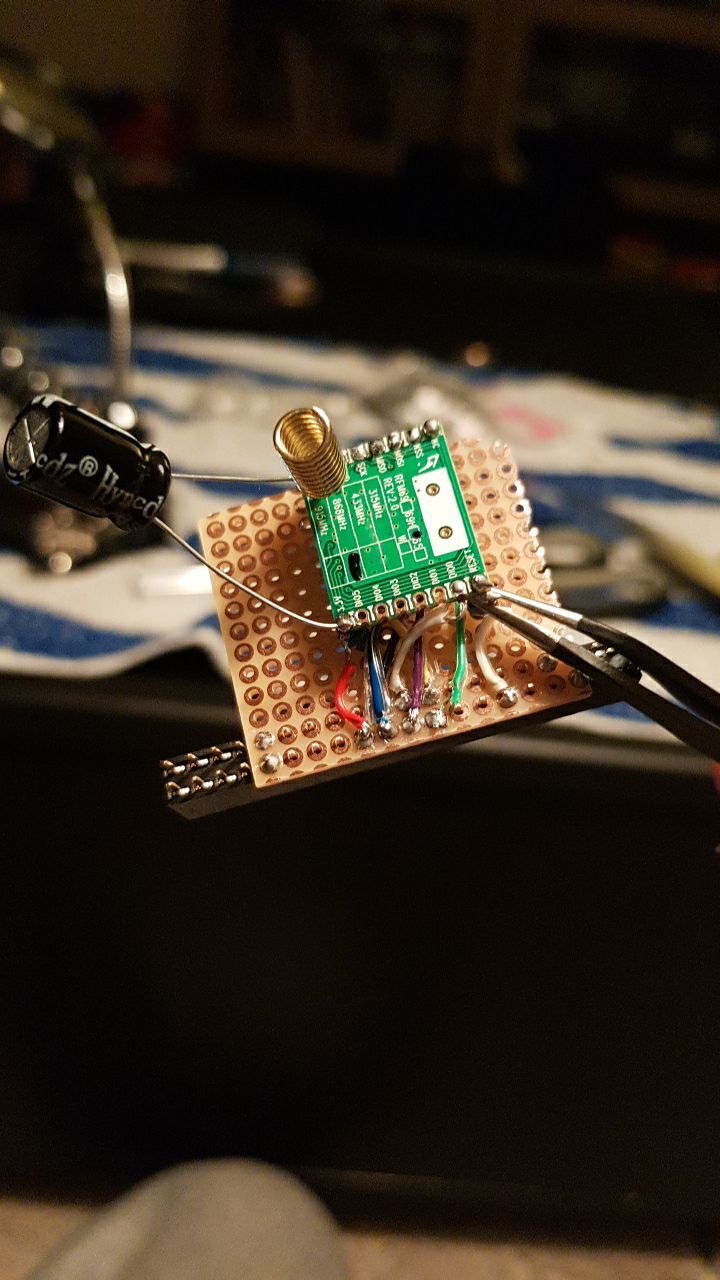 1
0 Votes2 Posts41 Views
1
0 Votes2 Posts41 Views -
rfm69 gateway freezing on rpi 4
Watching Ignoring Scheduled Pinned Locked Moved Troubleshooting0 Votes5 Posts76 Views -
Serial Monitor: Reversed question marks when on battery
Watching Ignoring Scheduled Pinned Locked Moved Troubleshooting0 Votes5 Posts79 Views -
Arduino pro mini, rfm69 with 2 Reed switches on interrupts?
Watching Ignoring Scheduled Pinned Locked Moved Development0 Votes8 Posts91 Views -
[SOLVED] rfm69-node <-> rpi 4 gateway: !TSM:FPAR:NO REPLY
Watching Ignoring Scheduled Pinned Locked Moved Troubleshooting0 Votes6 Posts137 Views
